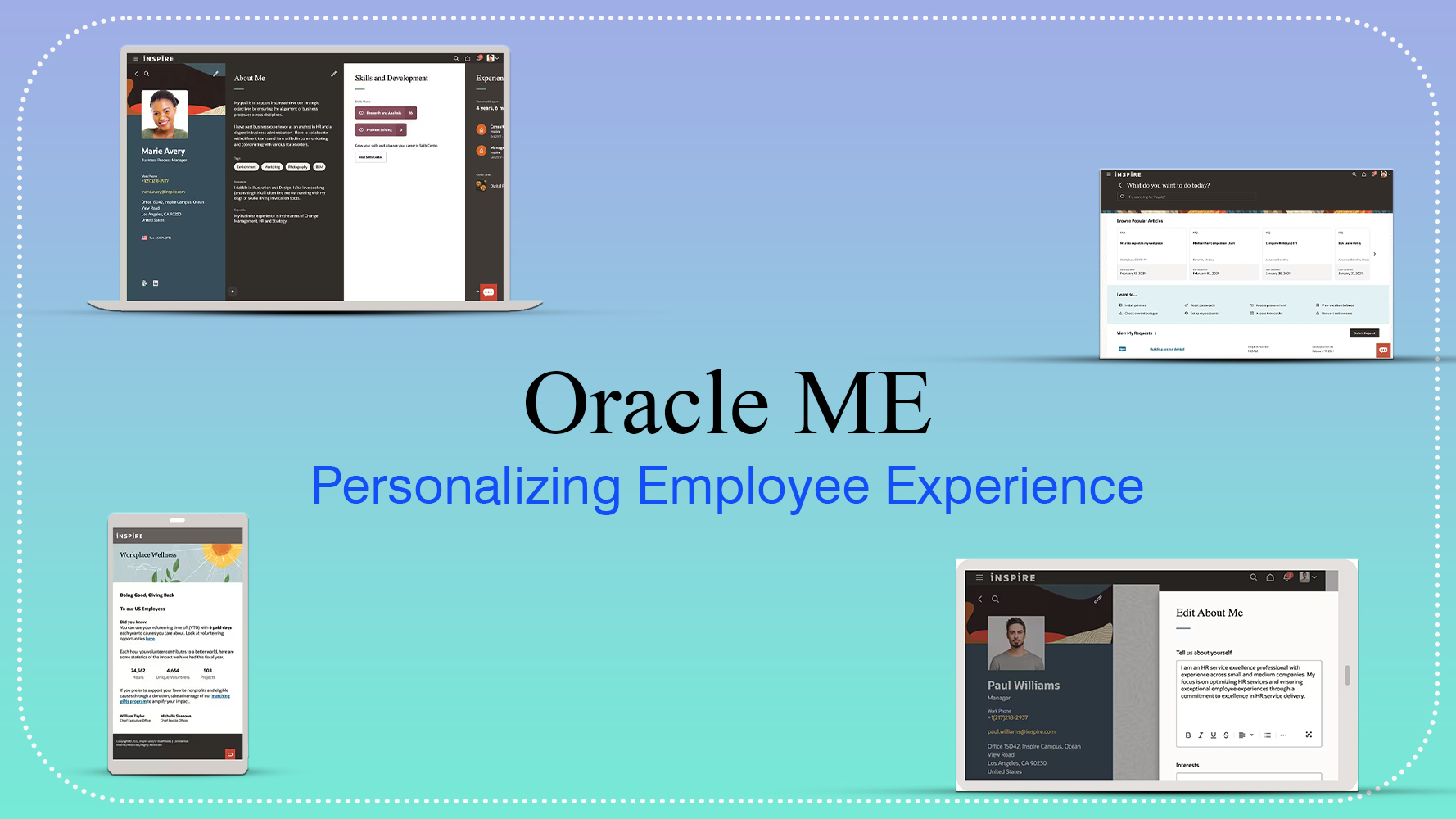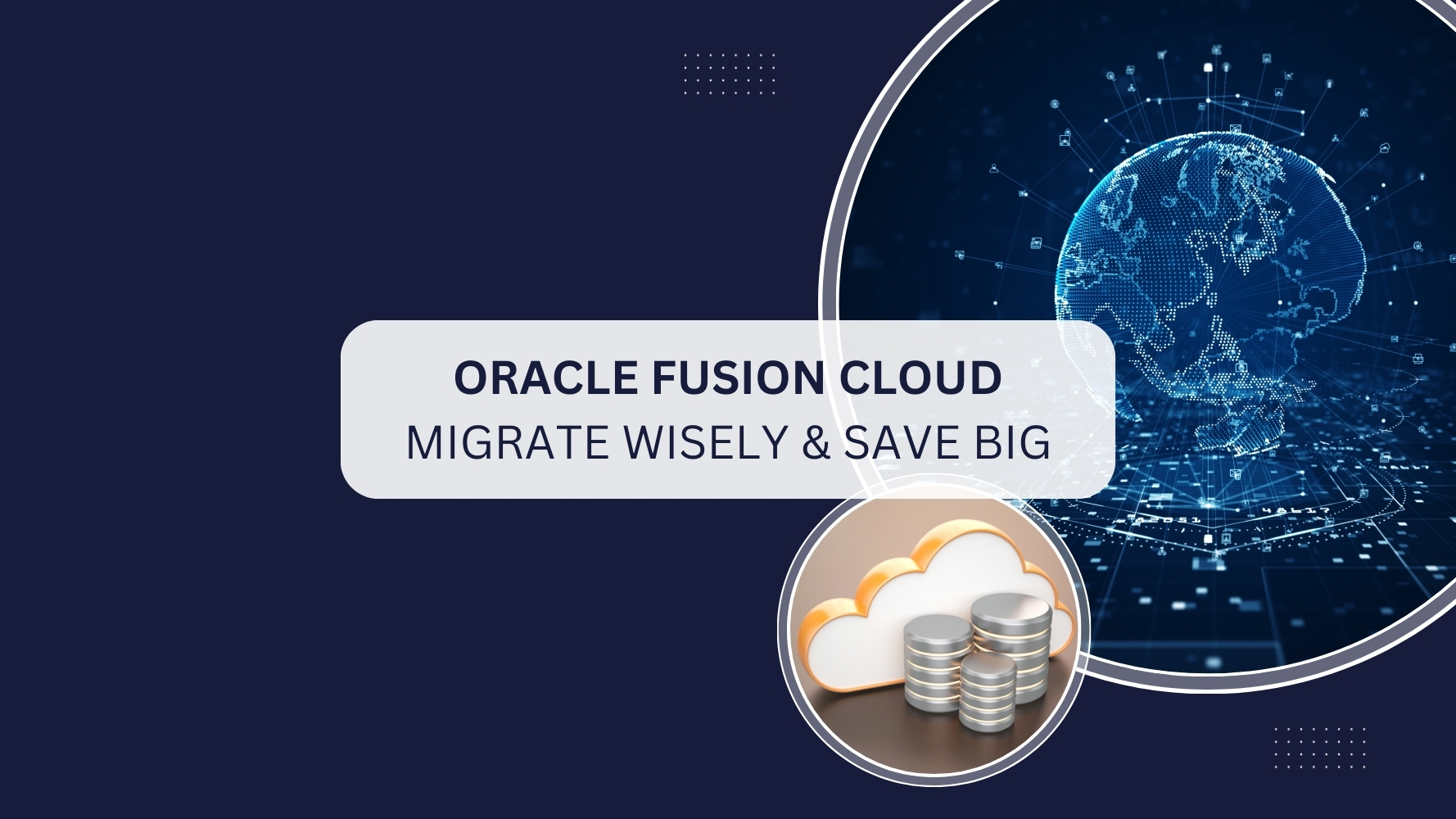Accurate cash forecasting is the lifeblood of any successful business. It lets you make informed financial decisions, optimize resource allocation, and mitigate potential cash flow shortfalls. Continuous cash forecasting is crucial in today’s dynamic market, providing real-time insights for proactive financial management.
However, achieving seamless cash forecasting can be challenging, especially when integrating data from diverse sources. This is where Oracle’s suite of cloud applications comes in, offering robust data management and analysis functionalities. However, combining this data with existing systems, mainly when using Oracle solutions like Oracle Cloud, Oracle Cloud Applications, Oracle Analytics Cloud (OAC), and Oracle Fusion Cloud (OFC), can be fraught with data integration issues.
This blog will delve into the top data integration challenges encountered during Oracle implementations for cash forecasting and explore strategies to ensure a smooth and successful process.
Common Data Integration Issues with Oracle for Cash Forecasting:
- Data Silos and Disparate Systems: Businesses often have financial data scattered across various systems, including legacy applications, ERPs (Enterprise Resource Planning) like Oracle NetSuite, CRM (Customer Relationship Management) tools, and point-of-sale (POS) solutions. Extracting and consolidating this data into a single, unified platform for cash forecasting in Oracle Cloud Applications or OAC can be complex.
- Data Inconsistency and Errors: Inconsistent data formats and naming conventions across different systems can lead to errors during data integration. This can result in inaccurate and misleading cash forecasts, jeopardizing financial decision-making.
- Data Transformation Challenges: Data from disparate sources might require transformation before it can be used for cash forecasting in Oracle Fusion Cloud (OFC) or OAC. This could involve cleaning the data, mapping fields, and applying complex transformations that can be time-consuming and error-prone.
- Real-Time Data Integration Bottlenecks: Continuous cash forecasting requires real-time or near real-time data integration. Delays in data movement can significantly impact forecast accuracy. Integrating with legacy systems that don’t support real-time data exchange can be a hurdle.
- Security Concerns: Integrating data from diverse sources raises security concerns. Data privacy and compliance with regulations like GDPR and CCPA become paramount, especially when dealing with sensitive financial information.
Strategies for Seamless Data Integration in Oracle Cash Forecasting:
- Leveraging Oracle Cloud Infrastructure (OCI) and Data Management Tools: Oracle Cloud Infrastructure (OCI) offers a robust platform for data integration. Tools like Oracle Data Integrator (ODI) and Oracle GoldenGate can automate data extraction, transformation, and loading (ETL) processes between various sources and Oracle Cloud applications or OAC.
- Standardization and Data Governance: Implementing policies that define data standards and formats across the organization can significantly simplify data integration. This ensures consistency and reduces the risk of errors.
- Master Data Management (MDM) Solutions: Consider implementing Master Data Management (MDM) solutions like Oracle Identity Governance (OIG) to create a centralized repository for key business entities like customers, products, and locations. This ensures consistent data across various systems and simplifies integration for cash forecasting in OFC or OAC.
- Utilizing Cloud-Based Integration Platforms as a Service (iPaaS): Cloud-based iPaaS solutions like Oracle Integration Cloud (OIC) can be a central hub for data integration, streamlining data transfer between cloud and on-premise applications. OIC offers pre-built connectors for various applications, reducing development time and simplifying the integration process.
- API-Driven Integration: Utilize APIs (Application Programming Interfaces) to facilitate real-time data exchange between Oracle Cloud Applications and other systems. This eliminates data transfer delays and ensures up-to-date data for continuous cash forecasting.
- Data Security and Compliance: Implementing robust security measures, including role-based access control (RBAC) and data encryption, is critical to protect sensitive financial data during and after integration. Staying updated on data privacy regulations like GDPR and CCPA and ensuring compliance is essential.
Beyond Integration: Considerations for Successful Cash Forecasting in Oracle
- Data Quality Management: Regularly assess data quality to ensure accuracy and consistency. Leverage data cleansing tools and processes to identify and rectify data errors.
- Advanced Analytics with Oracle Analytics Cloud (OAC): OAC offers powerful forecasting functionalities. Utilize OAC’s machine learning capabilities to create more accurate and predictive cash forecasts.
- User Adoption and Training: Investing in user training is crucial for successful cash forecasting adoption. Ensure your team understands how to interpret data and utilize the functionalities within Oracle Applications like OFC and OAC.
- Hybrid and Multi-Cloud Environments: Many businesses operate in hybrid or multi-cloud environments, utilizing a mix of on-premise and cloud-based applications. Integration tools like Tangenz can facilitate seamless data transfer between Oracle Cloud and on-premise systems for comprehensive cash forecasting.
- Scalability and Future-Proofing: Choose data integration solutions that can scale to meet your business’s evolving needs. Opt for cloud-based solutions with automatic scaling capabilities to accommodate increasing data volumes and user demands for cash forecasting in Oracle Cloud Applications.
The Road to Seamless Cash Forecasting
Implementing a successful cash forecasting solution with Oracle requires careful planning and execution. Here’s a roadmap to get you started:
- Assessment: Evaluate your existing data landscape, identify data sources, and assess their compatibility with Oracle Cloud Applications or OAC.
- Data Governance Strategy: Define data standards and establish data governance policies to ensure consistent data quality.
- Technology Selection: Based on your specific needs and infrastructure, choose the appropriate data integration tools and platforms. Cloud-based solutions like OCI, OIC, and Tangenz should be considered for their scalability and ease of use.
- Data Integration Implementation: Develop and implement data integration processes using ETL tools, APIs, and iPaaS solutions.
- Data Quality Management: Establish data quality checks and cleansing processes to ensure data accuracy and consistency.
- Advanced Analytics with OAC: Leverage OAC’s machine learning capabilities to create more sophisticated and predictive cash forecasts.
- User Training: Provide comprehensive training to your finance team on utilizing Oracle Cloud Applications for cash forecasting.
Conclusion:
By addressing data integration challenges and implementing these strategies, businesses can unlock the full potential of Oracle Cloud for seamless and continuous cash forecasting. This empowers them to make informed financial decisions, build economic resilience, and navigate the dynamic business landscape more easily. Remember, a successful cash forecasting solution is an ongoing process. Continuous monitoring, refinement, and adaptation are crucial for maintaining data quality and ensuring the accuracy of your forecasts.
Still, facing data integration hurdles in your Oracle implementation for cash forecasting? Connect with Oracle experts at Tangenz today for a free consultation!





